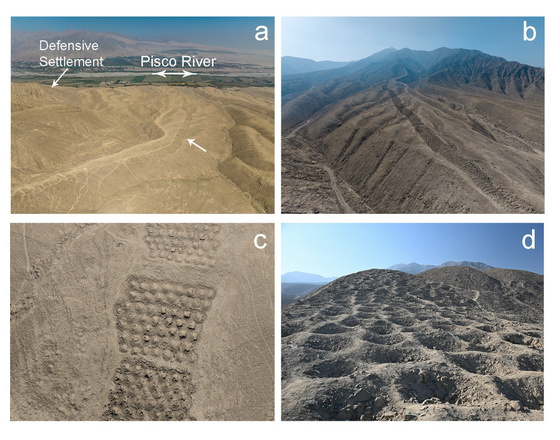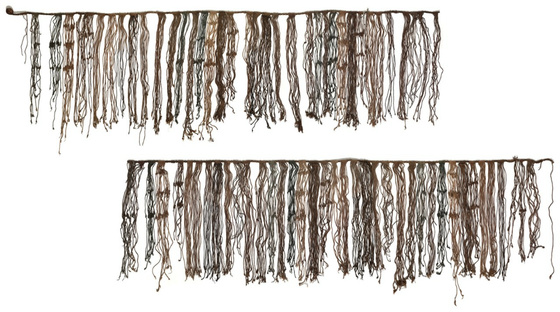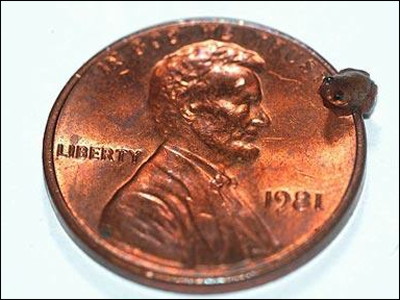Mysterious 'Monte Sierpe' (Belt of Holes) hole in the Andes may have been an ancient marketplace, study suggests

Mysterious holes in the Andes may have been an ancient marketplace, study suggests
https://www.sydney.edu.au/news-opinion/news/2025/11/10/mysterious-holes-in-the-andes-may-have-been-an-ancient-marketplace-new-research-suggests.html
New study suggests accounting, not aliens, explains Peru's mysterious 'Band of Holes'
https://www.usf.edu/news/2025/new-study-suggests-accounting-not-aliens-explains-perus-mysterious-band-of-holes.aspx
Monte Sierpe means 'Snake Mountain' in Spanish, and is also known as the 'Band of Holes' in English. Monte Sierpe stretches 1.5 km across the Pisco Valley in southern Peru, and is divided into sections or blocks containing approximately 5,200 holes, each 1-2 m wide and 0.5-1 m deep. Below is a photo of Monte Sierpe, presented in a paper by a research team from the University of Sydney.

The team used drone technology to map the entire Monte Sierpe, and after analyzing the map, they discovered mathematical patterns that suggest the holes were intentionally created.
Soil analysis of the pit also revealed ancient pollen from maize, an important staple food source in the Andes, as well as reeds traditionally used for basket making. This suggests that people used baskets and plants to transport and store them in pits dug in the Andes. Furthermore, the layout of Monte Sierpe was found to be similar to the structure of an Inca quipu (an ancient knot-based accounting device) discovered in the same valley.
A quipu is a string about 2 meters long with 10 to 20 knots tied together, and is used to manage the inventory of goods at the market. At Monte Sierpe, similarly, goods for bartering were stored in holes, and the number and placement of the holes is thought to have been used to manage the type, quantity, and production area of goods.

Jacob Bongers, a digital archaeologist specializing in drone mapping at the University of Sydney, explained the findings: 'We believe that in pre-Inca times, Monte Sierpe was likely a flea market. It was a place where travelling merchants, llama caravans, farmers, fishermen, and other professionals gathered to exchange local goods like corn and cotton. Monte Sierpe was a marketplace that connected people, a kind of social technology that later developed into a large-scale accounting system under the Inca Empire.' According to Bongers, if the hypothesis that Monte Sierpe was an ancient marketplace is correct, a further question remains: 'Why does it remain only near the Pisco Valley and not throughout the Andes?'
'Monte Sierpe has long been a focus of pseudoarchaeology, with data from the site rife with speculation and misinterpretation,' said study co-author Charles Stanish, an anthropologist at the University of South Florida. 'The entire area of Monte Sierpe is perpetually shrouded in haze, making it impossible to see the entire landscape, even from the top of the mountain, and surveying it from the ground is extremely difficult. This has prevented archaeologists from accurately dating or interpreting the data. However, drone technology has enabled us to obtain high-resolution, low-altitude images, allowing for detailed analysis.'
Related Posts:
in Science, Posted by log1e_dh







